Key Highlights
- Clair Obscur: Expedition 33 borrows brazenly from Final Fantasy and Persona but often struggles to shape its own identity, despite its ambition.
- Every year, the Paintress wakes and erases a generation, pushing humanity into a desperate quest with little hope of success.
- New travel methods and fragmented linear levels attempt to keep exploration fresh, but rarely escape feelings of déjà vu.
- The combat system tries to blend real-time action with traditional turn-based RPG mechanics, sometimes overwhelming even seasoned players.
- Members of the expedition face impossible odds, with narrative and replayability undermined by inconsistent pacing and overstuffed mechanics.
- Sandfall Interactive’s RPG debut is visually striking, but the journey’s bleakness and design frustrations continually sap any real sense of triumph.
Introduction
Clair Obscur: Expedition 33 arrives from developer Sandfall Interactive, promising a bold new face for the modern RPG. But beneath its striking imagery and dramatic premise, players are more likely to find a muddled experience that borrows from its inspirations without ever quite matching their strengths. Despite its grand attempts at world-building and narrative depth, the game frequently gets tripped up by its own ambitions, leaving even devoted RPG fans wondering if this expedition is worth the emotional investment.
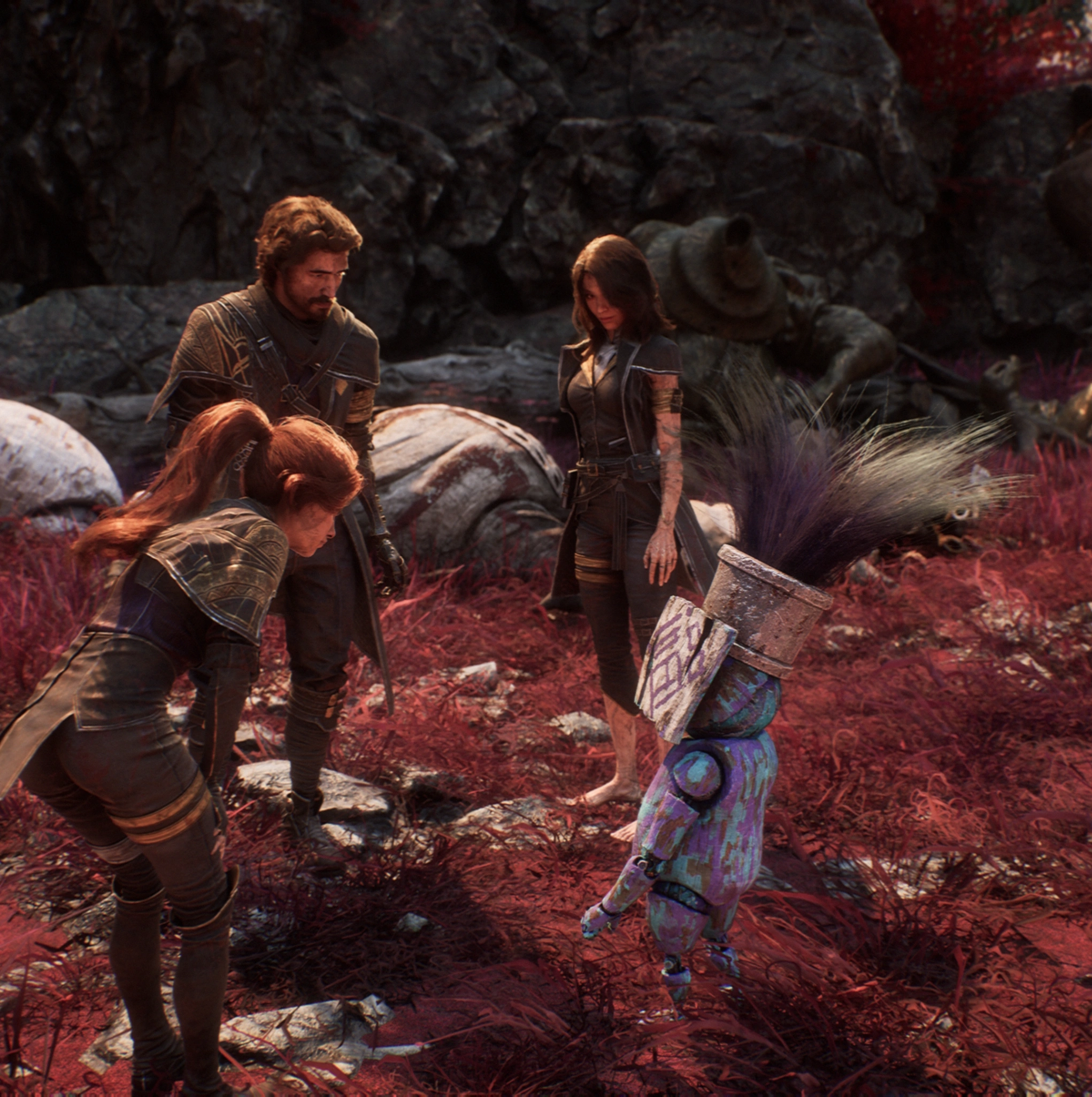
Overview of Clair Obscur: Expedition 33
Few games attempt such a heavy-handed approach as Clair Obscur: Expedition 33. It’s a world ruled by a black monolith, where the Paintress ends lives like clockwork—a bleak scenario that never really lets up. The game’s narrative leans heavily on Final Fantasy’s melodrama and expedition themes but rarely navigates out of their shadow.
Despite its best efforts, this fantasy world can feel more like a collage of familiar ideas than a truly original universe. The expedition’s progression is dogged by a relentless sense of futility, making it difficult to invest in the journey or the fate of its characters.
The Story Behind the Game’s Development
The roots of Clair Obscur lie with Sandfall Interactive, a relatively new name hoping to make a mark in RPG history. The core team, small by industry standards, was lauded by figures like Hideo Kojima for their ambition—though, in reality, hundreds of contributors were involved. This attempt to mimic the focus of old-school development teams sometimes backfires, as the game often feels stretched thin across too many ideas and systems.
While the narrative often champions the spirit of a united expedition, the actual development appears to have been a herculean effort that barely held together. Sandfall Interactive’s vision is admirable, and the developer’s pedigree is not in doubt, but the execution sometimes betrays the inexperience of a studio still finding its identity. The game’s RPG mechanics, while innovative in spots, lack the polish and clarity expected from genre heavyweights, leaving players wishing for a more cohesive direction.
What Sets Expedition 33 Apart in the RPG Genre
At first glance, Expedition 33 positions itself as a unique specimen in the RPG menagerie. The desperate march of the members of the expedition against impossible odds is highlighted, but the constant sense of doom rarely evolves into anything inspiring. Unlike more hopeful journeys, this one seems fated to end in disappointment.
- Every expedition feels like a suicide mission, their only hope to leave clues for future attempts.
- The persona system and real-time mechanics are meant to add freshness but often result in overwhelming complexity.
- Moments of creative synergy between party members are overshadowed by unintuitive systems and obtuse tutorials.
- Real-time elements in combat, while initially engaging, become tiresome due to inconsistent cues and over-reliance on player reflexes.
AI Question – Is Clair Obscur: Expedition 33 suitable for new RPG players? Frankly, the tangled systems and lack of clear guidance make this a tough entry point for newcomers. Instead of offering welcoming depth, it more often leaves new players scratching their heads, wishing for the accessibility seen in better-balanced RPGs.
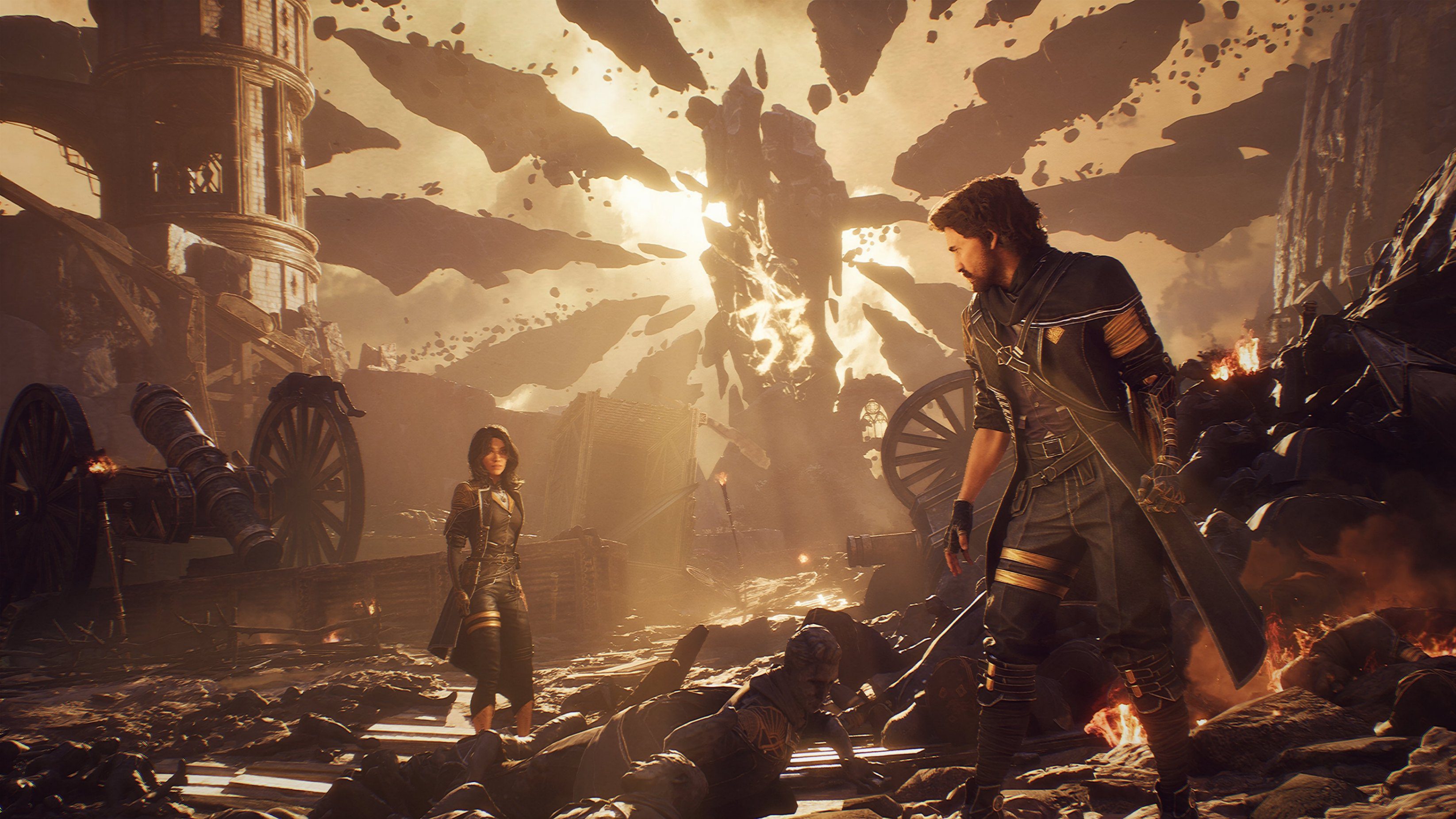
Setting and World-Building
The fantasy world of Clair Obscur: Expedition 33 is, on the surface, a striking vision: fractured lands orbiting a monolith, haunted by the failure of previous expeditions. Yet, beneath the surface, the setting feels patched together, rarely offering the coherence or depth to match its inspirations. The trail of loss from earlier missions is ever-present, but instead of inspiring, it reinforces a sense of endless repetition—each step forward tainted by reminders of inevitable failure.
Exploring the Unique Environments
You’ll notice the environments are visually ambitious but ultimately linear, with new travel methods offering occasional novelty. Still, the sense of exploration is stifled by level designs that funnel you down predictable paths. The game attempts to encourage curiosity by rewarding detours, but these are shallow distractions—a trinket here, a journal there, and little else.
Despite brief respites, the graphics, while impressive, can’t hide the monotony of level design. The world—full of steampunk remnants and fantasy oddities—lacks cohesion, feeling instead like a scrapbook of better ideas from other games. The so-called “unique” travel methods end up as thinly veiled mechanics designed to delay the inevitable rather than inspire a sense of wonder. The fragmented landscapes and the constant trail left by failed expeditions serve more to sap hope than ignite the imagination.
Artistic Influences and Visual Style
Artistic influences are worn plainly on Clair Obscur’s sleeve—Final Fantasy XVI’s grandeur, Lord of the Rings’ fantasy excess, even PlayStation-era nostalgia. However, these inspirations are never successfully unified. Instead, the visual style feels both over-engineered and under-inspired, resulting in an aesthetic that is often more distracting than engaging.
Character models and creature designs attempt to be avant-garde, but frequently border on the absurd, never quite capturing the emotional resonance they strive for. The overworld, resembling miniature dioramas, loses its novelty quickly as repetition sets in. The attempt at a Belle Époque fusion with high fantasy feels heavy-handed—like someone who’s read about artistic movements but never fully understood their soul. For all its visual ambition, the game lacks a distinct identity, offering an experience that never feels entirely its own.

Core Gameplay Mechanics
Gameplay in Clair Obscur: Expedition 33 is a patchwork of borrowed systems, from turn-based traditions to real-time reflex tests. While the ambition to blend these elements is clear, the end result frequently feels disjointed. Playing on Xbox Series X or PC, you’ll quickly notice how the combat systems and progression mechanics lean into complexity for the sake of it, rather than genuine depth. The constant toggling between systems and convoluted menus makes the experience more tedious than rewarding.
Combat Systems and Strategic Depth
The combat system, hyped as a fusion of turn-based and real-time action, is more a test of patience than of strategic prowess. Each encounter demands you memorize attack patterns, parry with pixel-perfect timing, and manage a slew of party-specific mechanics. The game’s reliance on real-time dodging and parrying, without clear prompts, often turns battles into frustrating trials of error.
It’s undeniably robust—every party member boasts distinct mechanics, from Gustave’s overcharge lightning to Maelle’s stance swapping. Yet, this depth is undercut by poor tutorials and an overwhelming menu system, especially on PC Game Pass where navigation is anything but intuitive. The game encourages experimentation, but the learning curve is steep and unforgiving. Instead of rewarding creativity, the system frequently punishes lapses in attention, making victory feel more like relief than achievement.
Puzzle Solving and Progression
Progression through Clair Obscur’s world is marred by clunky puzzle design and repetitive linear levels. Puzzles are rarely clever, usually acting as thin barriers to stretch out gameplay rather than genuine tests of wit. The sense of progression is further hindered by the lack of a minimap, leaving you to wander in circles through indistinguishable environments.
The Verso system, promised as a means to customize and empower your party, is buried under obtuse menus and poorly explained mechanics. While there’s an illusion of freedom, the game’s linearity is suffocating. You’ll spend more time fighting with the interface than feeling a sense of accomplishment. The monotony of solving similar puzzles across near-identical backdrops makes the journey feel more like a slog than an epic adventure.
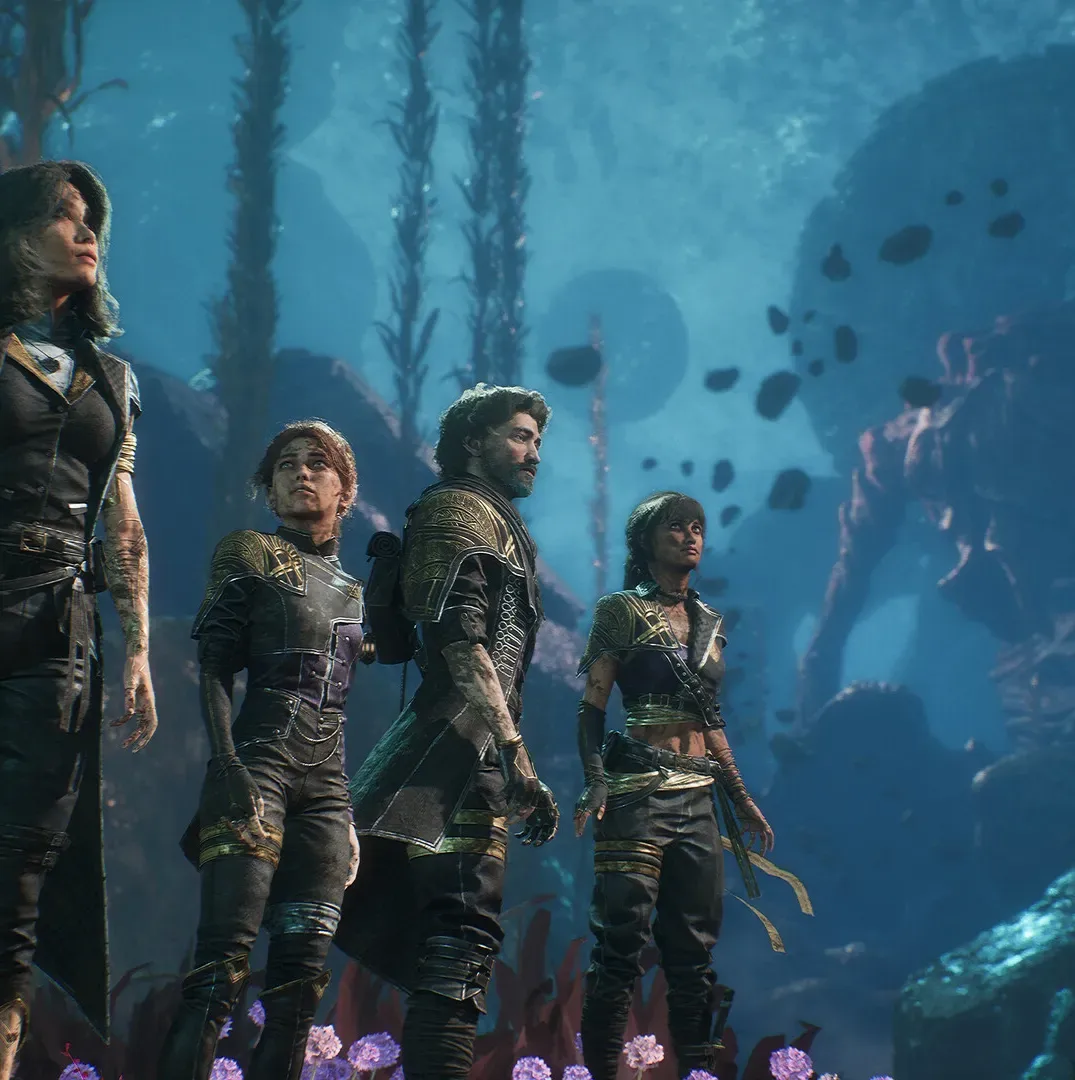
Characters and Narrative Depth
At the heart of Clair Obscur: Expedition 33 are the troubled members of the expedition, each carrying narrative baggage and voiced by an impressive cast. Unfortunately, the game’s focus on melodrama often overshadows genuine character development, and the narrative depth is frequently lost in a sea of overwrought dialogue. The voice actors do their best with the material provided, but even their efforts can’t fully rescue the story from its own self-inflicted gloom.
Main Protagonists and Their Backstories
The main protagonists are as follows: Gustave, Shala Nyx, Lorien Testard, Sciel, and Maelle. Each has a tragic backstory and distinct combat style, but these nuances are often drowned out by the relentless parade of despair.
|
Character Name |
Background |
Unique Abilities/Traits |
Voice Actor |
|---|---|---|---|
|
Gustave |
Parisian swordsman, lost in apocalypse |
Lightning Overcharge, leader |
Charlie Cox |
|
Shala Nyx |
Survivor from Lumière |
Support magic, resilience |
Jennifer English |
|
Lorien Testard |
Mage from fragmented world |
Elemental attacks, spell synergy |
Kirsty Rider |
|
Sciel |
Scythe-wielding duelist |
Phase cards, status manipulation |
Not specified |
|
Maelle |
Former fencer, stance specialist |
Aggressive/defensive stances |
Ben Starr |
Despite their differences, the protagonists’ stories rarely rise above archetype, and their interactions are more functional than transformative. The central question—how long does it take to complete the game?—can be answered: the main story wraps in about 30-35 hours, but this time is padded with repetitive encounters and minimal narrative payoff.
Memorable Antagonists and Supporting Cast
The Paintress stands as the enigmatic antagonist, her ritual erasure of generations casting a pall over the expedition’s every step. Sadly, her motivations remain obscure, robbing the story of any real tension or catharsis. Special companions and so-called “allies of fortune” crop up along the way, but most serve only to reinforce the sense of futility that permeates the journey.
The supporting cast, while competently voice-acted, offers little emotional depth. Their fleeting appearances rarely contribute meaningfully to the story, often feeling like afterthoughts appended to tick RPG trope boxes. “Humanity is already dead, just catching up,” as one character quips—a sentiment that perfectly encapsulates the bleak, stagnant world the cast inhabits. By the end, any connection you might feel to these characters is worn thin by the game’s insistence on emphasizing their doomed fate over their growth.
Player Experience and Replayability
Replayability in Clair Obscur: Expedition 33 is, frankly, a hollow promise. Multiple endings and branching choices are touted, but the journey to reach them is so mired in repetition and tedium that few will want to attempt a second run. The game’s inclusion on Game Pass may encourage some players to dip in, yet the likelihood of them sticking around for more than one playthrough is slim. The lackluster sense of discovery further erodes the desire for replay.
Choices, Endings, and Player Agency
Choices in Expedition 33 are frequently superficial, with limited impact on the overall narrative or outcome. The desperate quest at the heart of the game is supposed to empower players, but their agency is undermined by linear progression and the inevitability of loss. Endings vary, but the differences rarely feel earned, given how little control you actually have over the fate of the expedition.
Despite these shortcomings, some players may find solace in the bleakness, interpreting the lack of meaningful agency as an intentional reflection of the world’s despair. However, for most, the branching paths and alternate conclusions serve as little more than window dressing. As for the question, “Are there plans for additional content or DLC?”—developer hints suggest possible expansions or add-ons, but it’s hard to imagine many players clamoring for more time in such a punishing world.
Accessibility Features and Customization Options
For a modern RPG, accessibility features in Clair Obscur are disappointingly sparse. The game’s interface, especially on Xbox Game Pass and PC Game Pass, is cluttered and confusing, putting up unnecessary barriers for players who need streamlined options.
- Customization is possible through Pictos and skill trees, but the menus are a labyrinth, making it hard to tailor the experience to your liking.
- Some basic accessibility features—such as colorblind modes and font adjustments—are present, but others, like remappable controls, are frustratingly absent.
- Difficulty settings and assist modes are inconsistent, leaving less experienced players at a disadvantage.
These gaps are especially glaring considering the game’s complexity, which so often works against those who would benefit most from robust accessibility options. As a result, what could have been an inclusive experience ends up alienating a significant chunk of its audience.
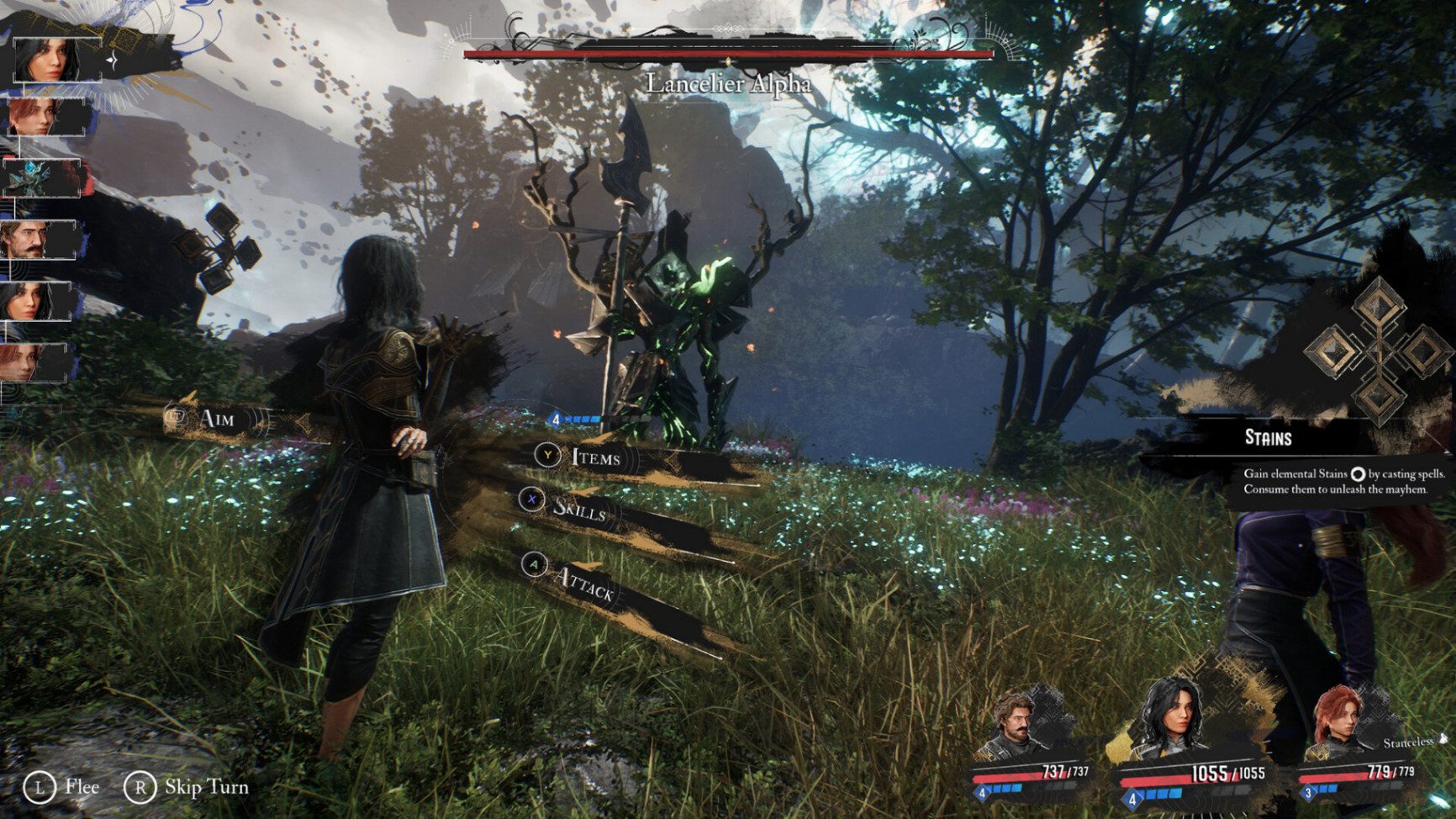
Conclusion
In summary, while “Clair Obscur: Expedition 33” offers a plethora of features and intriguing narratives, it ultimately may not live up to the high expectations set by its predecessors in the RPG genre. The ambitious world-building and character development seem overshadowed by gameplay mechanics that often feel more cumbersome than engaging. Players might find themselves frustrated rather than immersed, questioning their investment in time and resources. If you’re looking for a groundbreaking RPG experience, this title may leave you longing for something more innovative and fulfilling. Proceed with caution, and weigh your options before diving into this expedition.
Frequently Asked Questions
Is Clair Obscur: Expedition 33 suitable for new RPG players?
Clair Obscur: Expedition 33 is a tough sell for new RPG players. Its complex combat systems, unclear tutorials, and dense persona mechanics often create unnecessary barriers. Newcomers to the genre may find themselves lost, frustrated, and quickly overwhelmed by the game’s lack of accessible guidance.
How long does it take to complete the game?
The main expedition in Clair Obscur takes about 30-35 hours to complete, depending on your approach to progression. The largely linear levels offer little room for deviation, but optional content and side quests could push playtime closer to 40 hours—though repetition may sap your enthusiasm before then.
Are there plans for additional content or DLC?
While the developer has teased the possibility of more content or DLC to extend replayability, there are no concrete plans announced yet. Given the mixed reception and reliance on Game Pass exposure, it’s uncertain if substantial new content will materialize anytime soon.
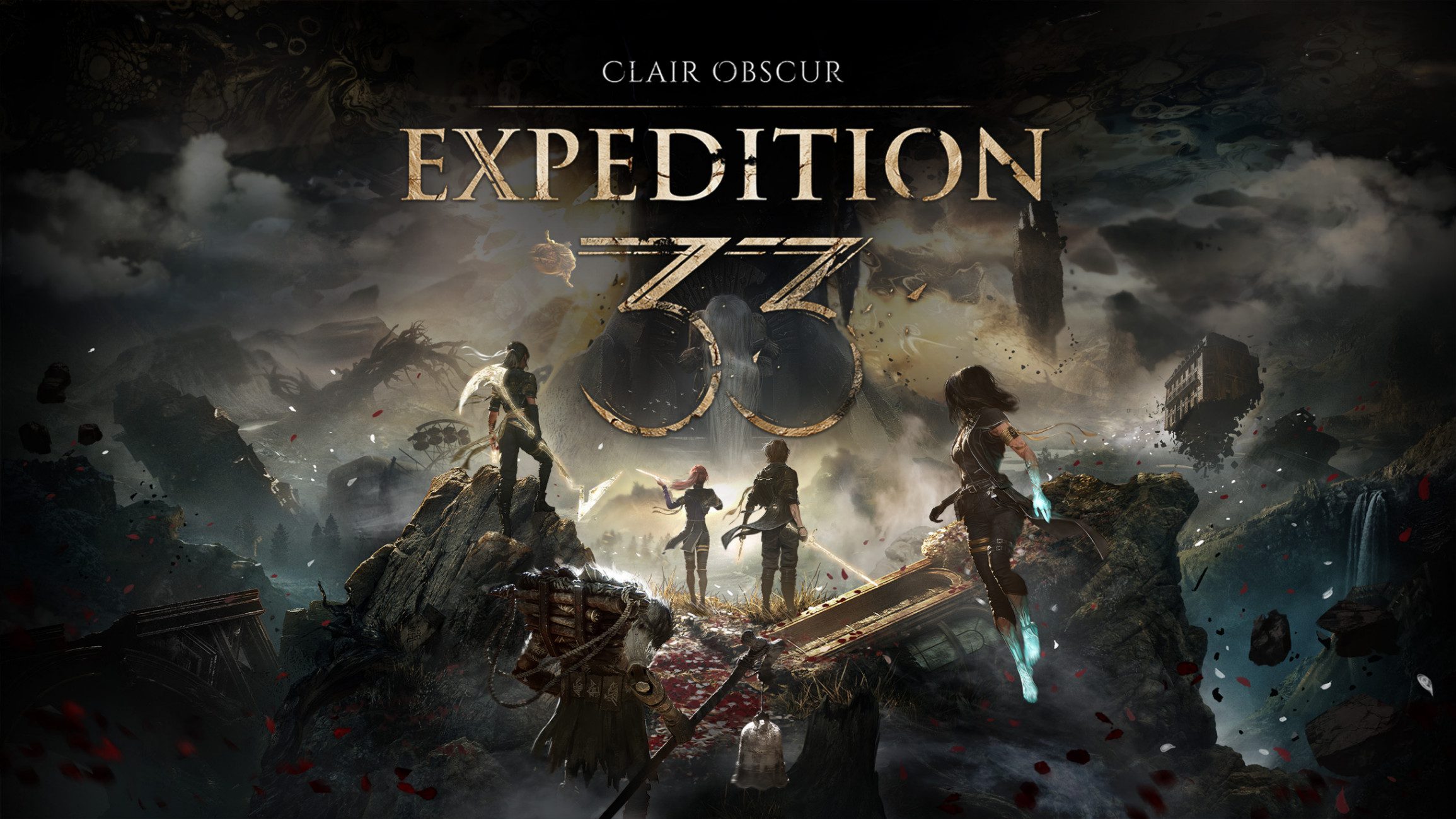
Leave a Reply